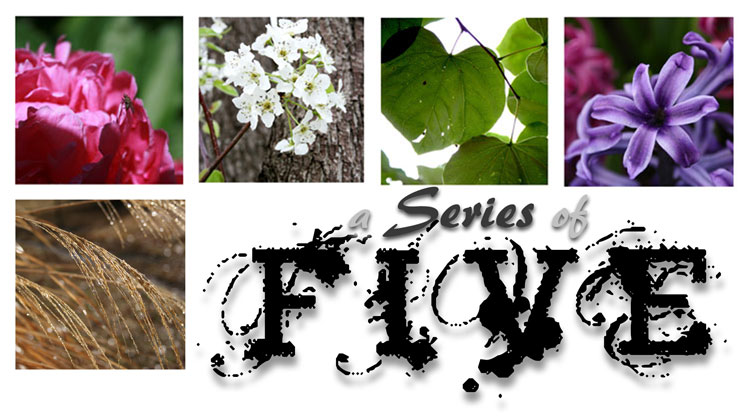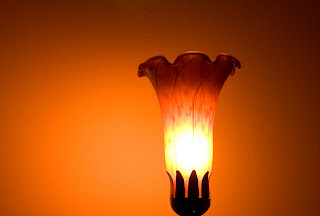Now, although technology is getting better and the price points are becoming so much more affordable, these advanced products are still very complex for most consumers. To use these product and get more professional results from them; many are forced to read instructions and look up tutorials off the Internet. There is nothing wrong with that...I even do it occasionally. However, even then you may not get what you are looking for.
Below I have created a few tips to make your snapshots more professional looking.
This it the original photo...taken by my mom in our back yard!
You might think "Hey, that is pretty good." and you would be right it is pretty good, just not great!
So, the first thing is to crop in just a bit, get a little closer to make the image appear more intimate...but in this case I still want to show the whole family so I will just take out some around the edges (tip: always crop an image with the same original dimensions - this is easily done by holding down the shift key when you crop. This keeps all your ratios the same-normally a 4 x 6 ratio-).
The second thing we do is go to our Image, Adjustment tool called Brightness/Contrast... This is a great tool to give you more depth to your images. Play with the tool a little and bump up the contrast tons that way you know how it looks and stop when you like it. Remember that you need to start with a well exposed photo (this will not work well with an under or over exposed photo)
Now we are looking better. See how the blacks are blacker and there is more separation between the subjects and the background?...that is the added depth from upping the contrast.
This next step is optional, but I think it is nice.
We will create a "halo" effect that helps to bring the eye to the center (where our subjects faces are). First go to Filter, Distort, Lens Correction...it will pull up a box and you want to to read: Remove Distortion 0.00, Fixed Red/Cyan Fringe 0, Fixed Blue/Yellow Fringe 0, Amount -100, Midpoint +65, Vertical Perspective 0, Horizontal Perspective 0, Angle 0, Scale 100. This should give you a good halo to put on most photos that need darker edges to help emphasis the center subject.
and this is the finished product!
So, you can see that you don't need to have mad skills to get a good photograph, you just have to know how to set up your shot to get a good exposure and know how to use your photographic tools to get the look you want. I hope this helps you achieve something beautiful!
— please leave a comment if you have a photo/photoshop question you would like answered and I will do my best to address it —























